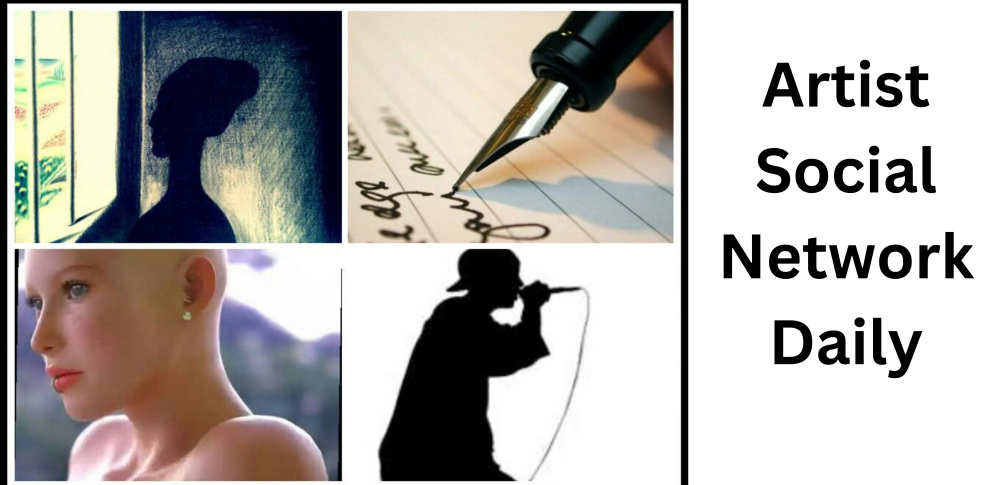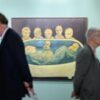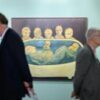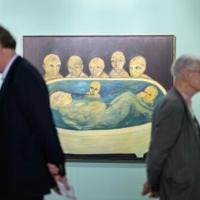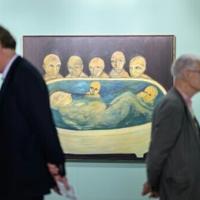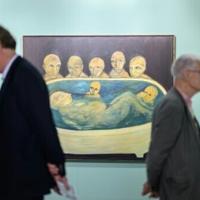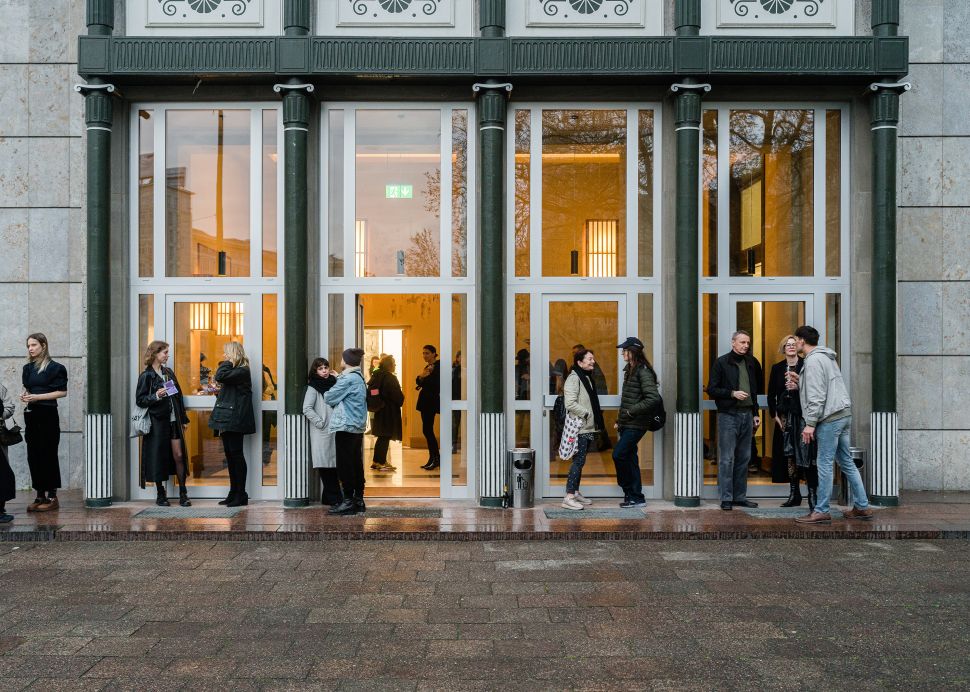
Since it launched in 2005, Gallery Weekend Berlin has become one of the most highly anticipated art events on the global calendar and is widely regarded as the best time to catch up with what’s happening in the vibrant Berlin art scene. Returning this year from May 2-4, the city-wide festival will see fifty-two galleries staging some absolutely incredible shows featuring both established and emerging artists.
Ahead of this year’s edition, Observer caught up with Antonia Ruder, who joined Gallery Weekend Berlin in 2023 and is now preparing for the first edition fully under her direction. The weekend gallery festival was created by a group of twenty-one galleries as a private initiative aimed at bringing attention to and fostering the popularity of the Berlin art scene, which was at the time at its peak. “They joined forces to bring people to the city, with this idea of community and solidarity—everyone pulled together the best shows of the year,” Ruder told Observer.
SEE ALSO: How Some Art Galleries Are Collaborating in a Bid to Be More Competitive
Gallery Weekend Berlin has grown significantly; last year, fifty-five galleries mounted shows for the 20th-anniversary edition. Even so, the festival is choosy when selecting participants, which is necessary to ensure visitors who come to the city for the event only see the best of the best. “It’s important as a quantity proof that when one comes to the city, one will definitely see exciting and high profile shows,” Ruder said.
Since its founding, Gallery Weekend Berlin has served as a blueprint for similar festivals worldwide—Beijing, Chicago, Los Angeles and other municipalities host similar events. What sets Berlin’s version apart, however, is that in the absence of an international art fair in the city, the gallery weekend has become the premier platform for contemporary art in Germany, attracting international collectors and professionals alike. “It’s a good alternative,” according to Ruder, “This festival allows you to discover both the art and the urban landscape at the same time. I think this is what makes gallery weekend successful.”
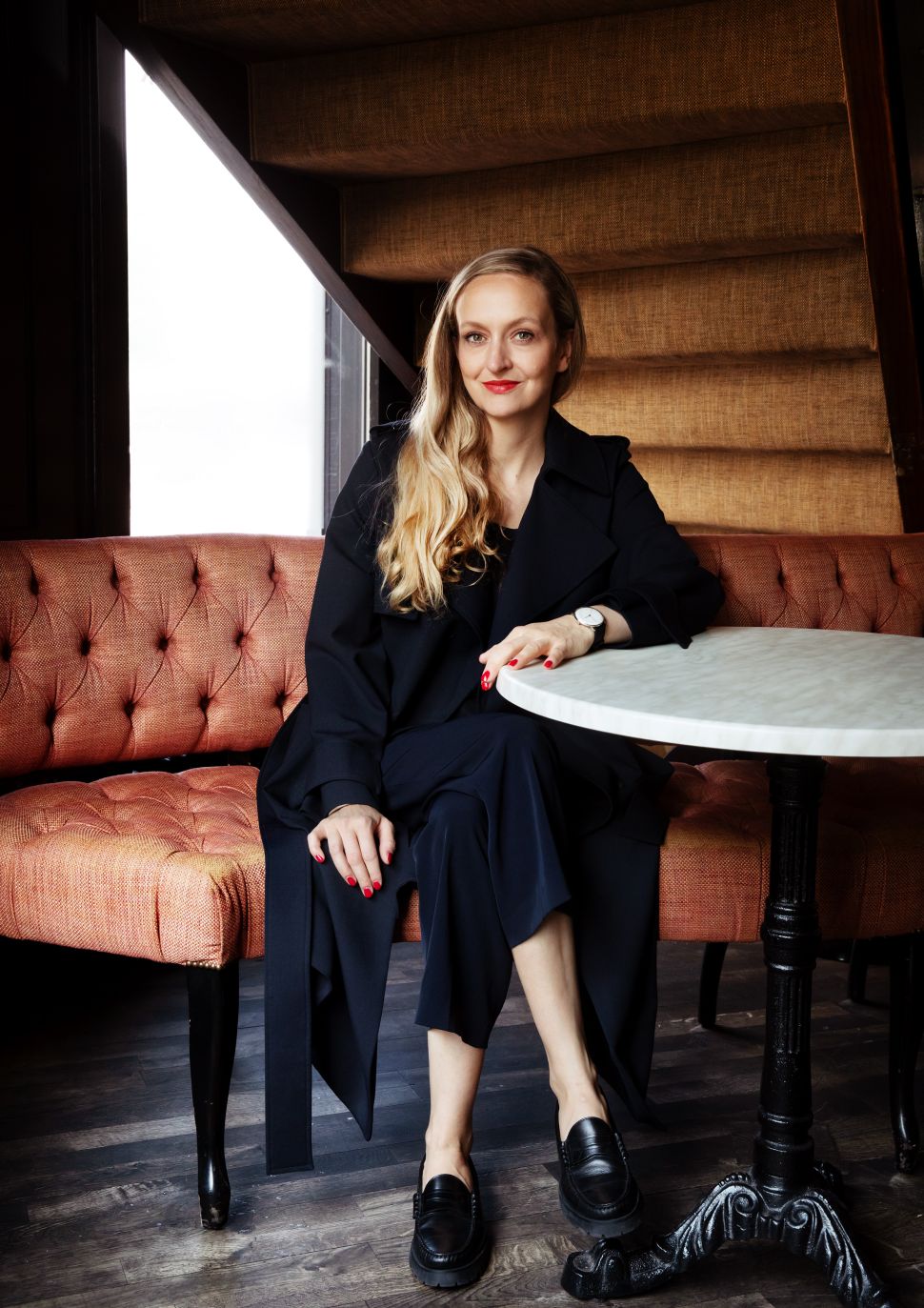
Gallery Weekend Berlin launched in the middle of a fortunate historical conjunction right after the fall of the wall, which coincided with a moment of extraordinary cultural activity in Germany and Berlin in particular. That was the moment when German art started to move from Cologne and Dusseldorf to Berlin, which after 1989, rapidly emerged as an affordable, experimental and politically charged hub of artistic activity. In the early 2000s, international galleries like Esther Schipper and Neugerriemschneider set up shop in the city, and Berlin was at the time seen as free ground—not only because it was far from the academy but also because space was cheap.
Today, Ruder admitted, the situation is very different. Prices are rising in the city as it grows into a major tech and financial hub. Since before the pandemic, artists and galleries have been forced to decamp for other more affordable (or otherwise more attractive) European capitals like Paris, Milan or Vienna. Gallery Weekend Berlin exists, in part, to reestablish the city as somewhere welcoming to artists, dealers and art lovers. “I believe we really need to put some effort into it because just a few years ago Berlin was considered as very cool and free, with something for everyone,” Ruder said, “I think we need to connect with institutions and Berlin’s professionals to bring good shows to the city and to support affordable studios.”
Those institutions have recently been grappling with budget cuts, but Ruder believes that Berlin is still a city where artists can live. “What makes Berlin and the galleries here so successful is that distribution and production are very close. We need to keep this special environment and also be in conversation with the culture senate and other key persons in the art field to secure this.” To bring more attention to Berlin’s unique art scene in 2025, Gallery Weekend Berlin will offer a series of studio visits as part of its VIP program. To attract a new, dynamic collector base coming from Asia, representatives in South Korea and China recently joined the festival’s team.




New galleries are still opening in Berlin, and Ruder pointed out that plenty of dealers are still choosing the city over other European capitals when launching new galleries or opening outposts. This year’s Gallery Weekend Berlin program will feature four new galleries, and according to Ruder, the number of collectors in the city is also growing, with many new young professionals, particularly in tech, finding their way to the art scene. To court them, the festival has planned a series of walkthroughs and talks at the Neue Nationalgalerie with artists and art professionals—the goal being to make art more accessible and engaging for a local audience with a lot of potential.
Highlights of this year’s edition include a major new solo show by artist Monica Bonvicini at Capitain Petzel, a show of work by Tony Cragg at Buchmann Galerie and an exhibition of the genius of Wim Wenders at Galerie BASTIAN. Meanwhile, ChertLüdde will present a solo show of work by Álvaro Urbano, following his recent standout site-specific and immersive exhibition at SculptureCenter in New York. Anne Imhof will present a series of new works at Galerie Buchholz, including a sound piece tied to her recent performance at Park Avenue Armory in New York.
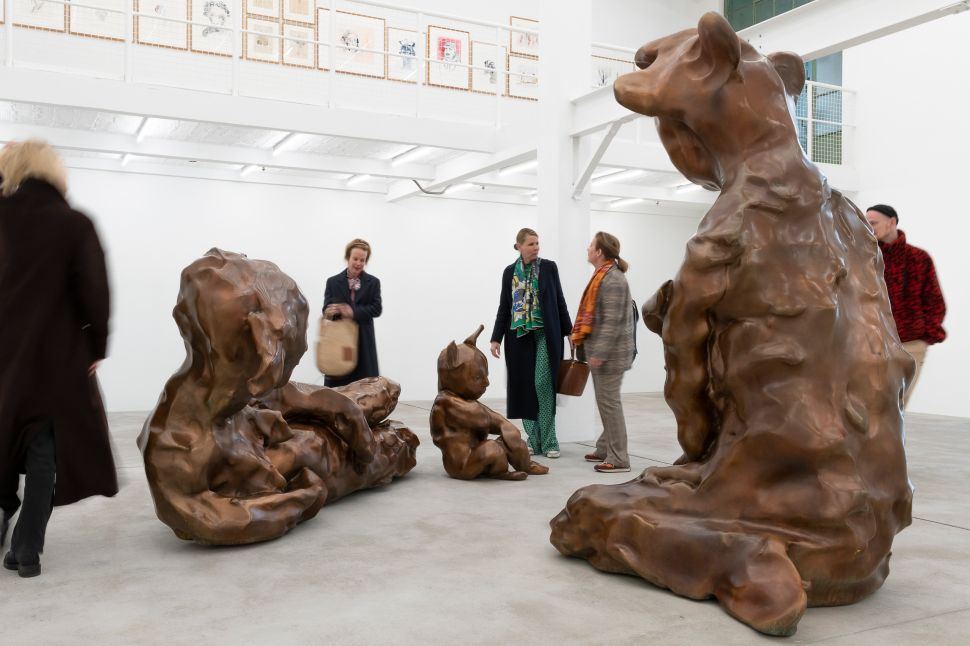



Other heavy hitters not to miss include a group show with Thomas Bayrle and Olafur Eliasson at Neugerriemschneider, a show of Martha Rosler at Nagel Draxler, the Austrian artist Arnulf Rainer at Galerie Michael Haas and the three solo shows by Leilah Babirye, Sergey Kononov and celebrated German photographer Thomas Struth at Galerie Max Hetzler. Among the new participants, KLEMM’S will present the work of Hong Kong-based artist Leelee Chan, while Galerie Molitor will present the work of American painter Diane Severin Nguyen, and Soy Capitán will feature a solo show of New York-based artist Melissa Joseph. Additional highlights include a show by Jimmie Durham at Barbara Wien, Cyprien Gaillard and Michail Pirgelis at Sprüth Magers, and Michael Werner presenting a solo dedicated to Frank Auerbach, who recently passed.
The 2025 edition of Gallery Weekend Berlin will also mark the official opening of Pace Gallery’s Berlin space in collaboration with Galerie Judin. Die Tankstelle, a new art space housed in a converted 1950s gas station, will open with “Reverse Alchemy” (through June 14), Pace’s inaugural show that brings together works on paper by Jean Dubuffet, Jean-Michel Basquiat, and Robert Nava and Galerie Judin will present an exhibition dedicated to Tom of Finland.
While Berlin is still arguably a global art capital, gentrification and rising costs challenge its status as a truly accessible one. Gallery Weekend Berlin—along with the Berlin Biennial—is something of a referendum on whether Berlin can still be a generative ground for experimentation, dialogue and discovery. Obstacles persist, but as Ruder emphasized, so do possibilities.
This post was originally published on this site be sure to check out more of their content
